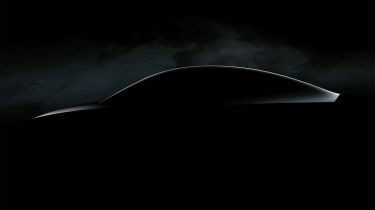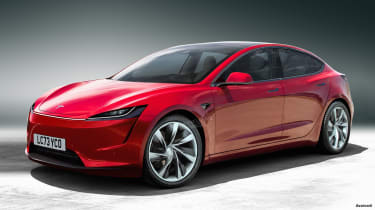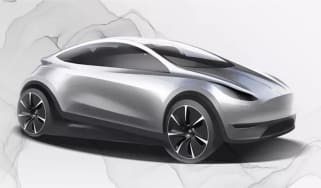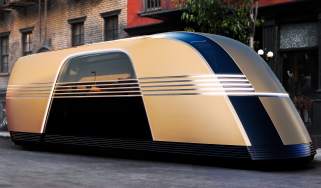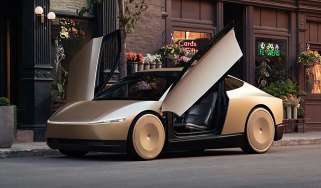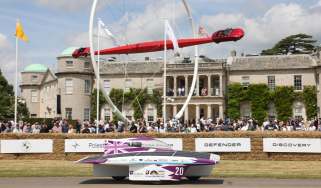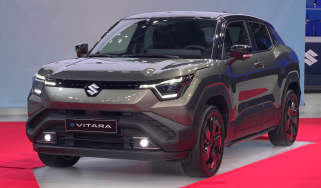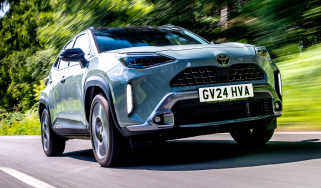Tesla Model 2: Robotaxi takes entry-level model’s place
Tesla has backtracked on the Model 2 with the fully-autonomous Robotaxi coming instead
After several years of speculation, the long-awaited Model 2 has been axed –- though a similar-sized replacement of sorts has been found in Tesla’s new Robotaxi.
Tesla CEO, Elon Musk, previously announced an affordable, entry-level electric car would join the American firm’s ranks by the first half of 2025, - dubbed ‘Model 2’. The reveal of the Robotaxi in October confirmed however that Tesla would not be making the Model 2, with Musk branding the proposed $25,000 car “pointless”.
There’s no word on if the Robotaxi will come to the UK and given it was revealed without a steering wheel (to showcase its autonomous functionality) it may not adhere to new law changes in Britain over full self-driving cars. The base Model 3 at £39,990 will continue to be Tesla’s entry-level car here in the UK.
Tesla Model 2: exclusive images
One official teaser image of the new ‘baby Tesla’ was released. It was shared in 2023 at an annual shareholder meeting, and shows the curving roofline of a car with similar design cues to those of the existing Model Y SUV and Model 3 saloon.
Our exclusive images interpreted Tesla’s existing line-up and teaser images in a scaled-down format, to show how a baby Tesla Model 2 model could look. A dDesign language taken from the Model Y SUV was expected as were the thinner headlights seen on the updated Model 3.
The Model 2 should be positioned as a rival for conventional family hatchbacks, with a length of around 4.4 metres. That could be achieved through a more aggressive rear roofline, while still allowing a conventional bonnet with luggage space beneath it.
Development of the Model 2 may not have gone completely to waste however, and could be utilised for the Robotaxi. Musk has said “We’re going to take everything we learned from [Models] S, X, 3 and Y, the Cybertruck and the Semi into that platform. We’re trying to get to that 50 per cent number again.”
That’s a reference to the Model Y, which has bare construction costs significantly lower than the Model 3’s. Tesla used improved processes to cut huge amounts of complexity out of the Y; a fresh pair of larger stamped components in its bodyshell alone do the job of 171 separate parts in the Model 3, for example, saving more than 1,600 welds during manufacturing.
Tesla Model 2/Robotaxi: battery technology
In 2023, Tesla’s now-former powertrain boss Colin Campbel revealed the Model 2’s electric motor won’t use any rare earth materials and that the powertrain will be compatible with any battery chemistry, allowing for better flexibility for sourcing. It’s not yet known if this technology will make its way to the Robotaxi.
Tesla’s ability to make a cheaper car than its Model 3 would hinge on its choice of battery chemistry and how the cells are installed. The company has already used lithium-iron phosphate cells (LFP), which are cheaper to produce than nickel manganese cobalt (NMC).
The manufacturer is currently using LFP in some of its vehicles, and this is likely to form a key part of a cheaper model’s technical make-up – along with a novel installation. The firm is said to be preparing to roll out ‘cell-to-chassis’ technology on German-built Model Ys, as part of a tie-up with China’s BYD. Lighter and more compact than conventional module-based construction, this technique saves yet more space that can be used for additional cells to help redress LFP’s lower energy density and deliver comparable range.
Musk believes that Tesla can take its recently achieved three-million-cars milestone and expand it to a tally of more than 100 million vehicles on roads by the end of the decade. To achieve this, he says the firm will need “roughly a dozen factories”, and while the original plant in California is “just running out of room”, most of the facilities would be capable of making up to two million cars per year.
Click here for our list of the best electric cars...
